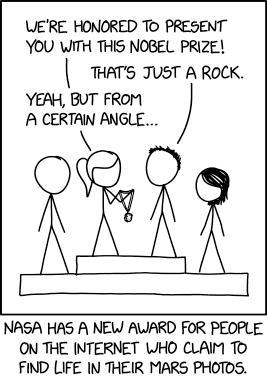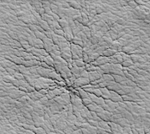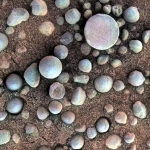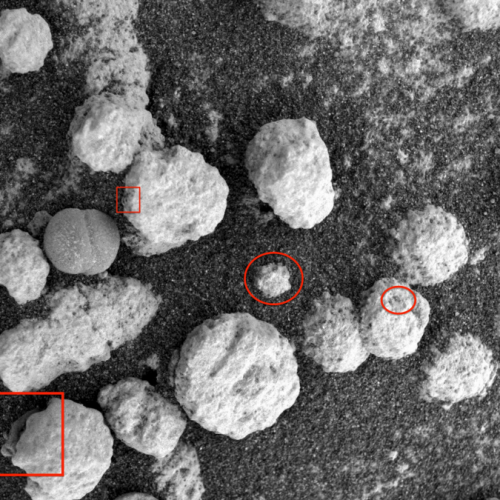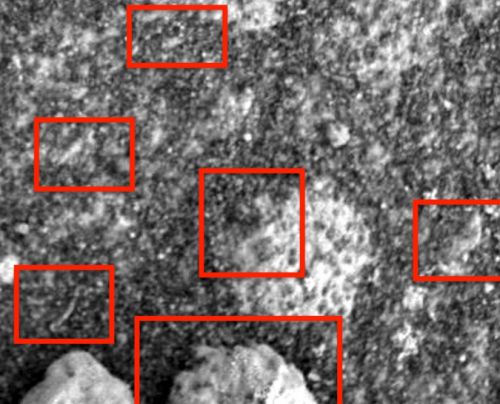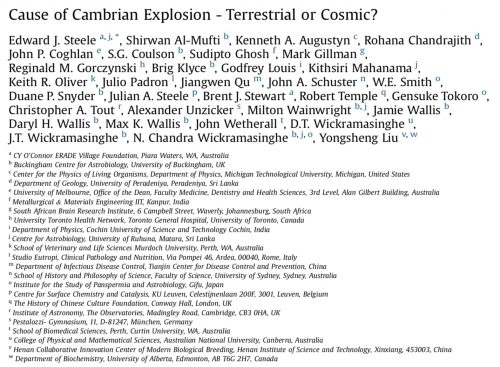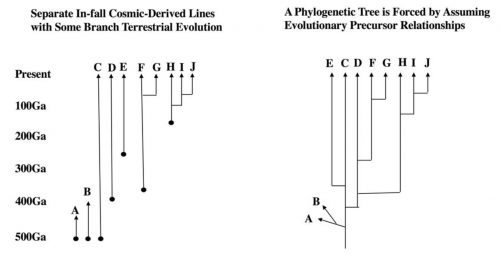Oh, dear. Rhawn Joseph is at it again.
#WormWednesday
A warning for worm people. Ignore review requests from "The Journal of Astrobiology" to review a paper claiming rocks on Mars are tube worms. The paper and the "journal" try to trick researchers into participating in their nonsense. They also harass critics— Michael Bok (@mikebok) August 11, 2021
He has a new, exciting, batshit loony paper to publish in his website-masquerading-as-a-journal, titled “Tube Worms on Mars: More Proof of Life on the Red Planet”. I haven’t seen it. I am capable of judging it by his past work, though, and am confident that it will be a collection of photographs pulled from NASA, selected for the presence of the appearance of holes, and the text will basically be a litany of rationalizations for how they kinda sorta look like earthly tube worm burrows, therefore they are tube worm trace fossils. It’s the rankest nonsense.
So this tweet was put out to warn the worm community (yes, Virginia, scientists who study worms form a fairly tight collaborative community — it’s cool) that Rhawn Joseph has put out a call for reviewers for this paper. Now here’s the deal, though: the paper is going to be published. There is also a tight collaborative community of cranks that I dubbed the Panspermia Mafia, and some among them will readily rise up to give a cursory peer evaluation of the work, and rubber stamp their approval. It is going to appear in the funny pages of the Journal of Astrobiology, and you can’t stop it.
However, the warning is still a good idea, because what Joseph is actually doing is fishing for a) real scientists who might think this kind of thing is amusing and let it pass, legitimizing it or b) new gullible cranks to join his community.
You really don’t want to join the Panspermia Mafia. The initiations are brutal — they pelt you with idiocy until your brain melts.
P.S. I’ll probably read it and laugh at it when good ol’ Rhawn dumps it on to the web, so you’ll probably see it here. I pelt you with idiocy, too!


